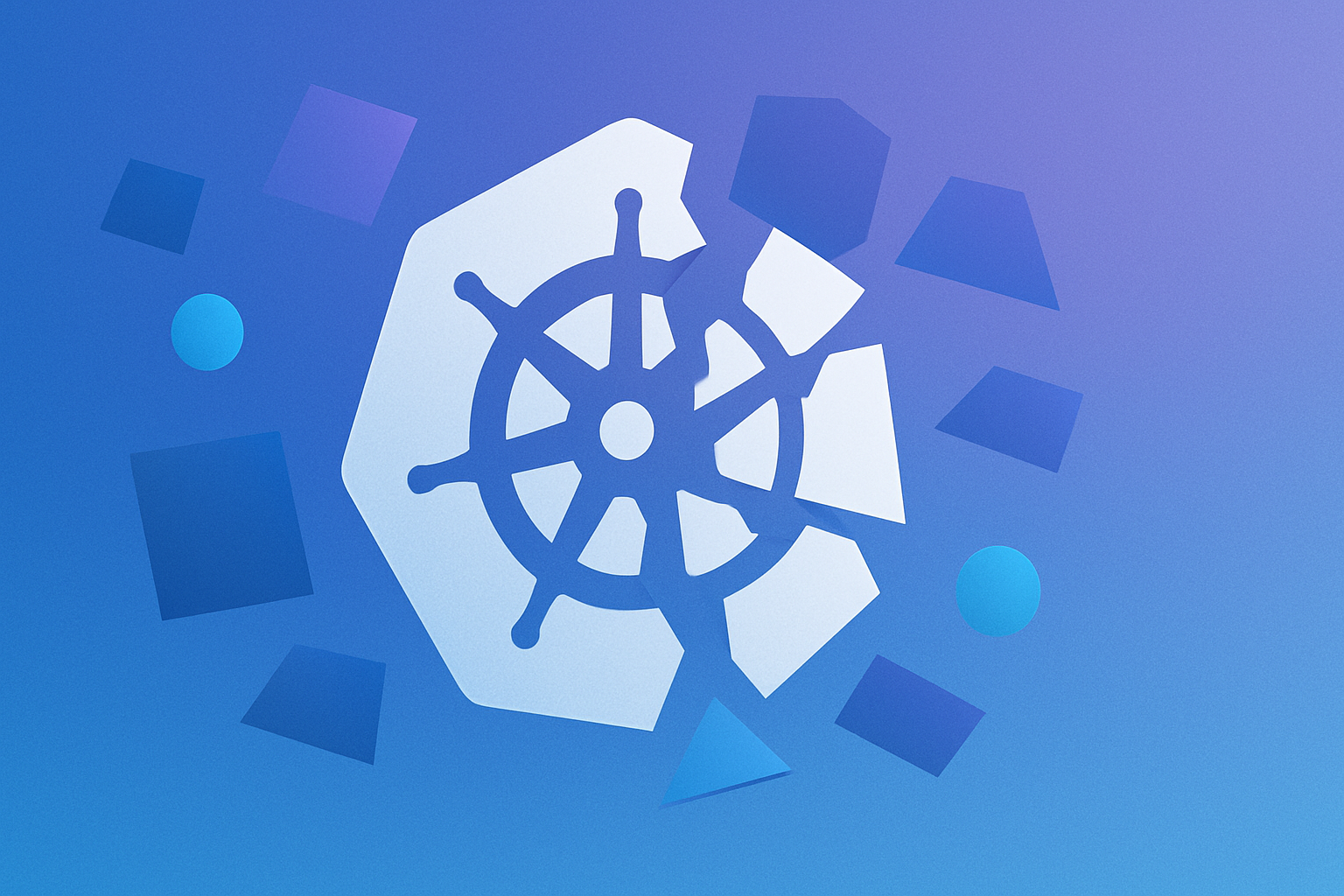Kubernetes has become the go-to platform for orchestrating containerized workloads, promising scalability, reliability, and efficiency. However, as organizations adopt Kubernetes at scale, they often encounter significant challenges, including resource under-utilization, operational complexity, cold start latencies, and security vulnerabilities. DevZero is a unique solution in this space – an infrastructure optimization platform engineered specifically to tackle these challenges and enable engineering teams to scale smarter and focus on what matters most.
DevZero isn't merely compatible with Kubernetes – it's built to optimize its capabilities for the demands of modern software development, particularly in the AI era. Here's a detailed look at what makes DevZero different.
Beyond Autoscaling
DevZero isn't just another autoscaler. It's an infrastructure optimization platform built for today's dynamic and burst-heavy workloads. Whether you're running CI pipelines, LLM inference, or memory-fluctuating JVM apps, DevZero gives you precision control over resource tuning – statistical or predictive.
While most Kubernetes platforms react to current or past utilization, DevZero predicts what's ahead – preventing over-provisioning before it happens. This is especially critical in workloads that spike at startup and stabilize later (e.g., JVM-based apps), where traditional autoscalers lock in inflated baselines.
All recommendation modes are configurable per cluster, node pool, or workload – so you can apply fine-grained automation without disrupting reliability or performance.
How This Solves Real Pain Points
- Under-utilization: Traditional clusters remain vastly underused (on average 83%, according to Datadog). DevZero slashes waste by intelligently right-sizing pods and nodes, ensuring every resource is maximized.
- Smarter Scaling: DevZero lets you choose between statistical and predictive automation, so you can tailor scaling behavior to each workload – whether you need steady, low-churn adjustments or aggressive, ML-driven optimization.
Reliability is Our Top Priority
At DevZero, reliability is a cornerstone of our platform. We monitor key signals like OOM errors, pod scheduling failures, and node-level memory pressure to ensure automation never compromises workload stability.
We also integrate cleanly with existing autoscaling frameworks like HPA, VPA, and Karpenter, working alongside them without disrupting your current setup. This ensures that you retain full control while gaining a more intelligent, predictive layer of optimization.
True Live Migration
One of DevZero's standout features is its true zero-downtime live migration. Unlike competitors that rely on cordoning and draining processes, which restart workloads when shifting them to new nodes, DevZero uses Checkpoint/Restore in Userspace (CRIU) technology. This allows workloads to be snapshotted, paused, and resumed instantly, preserving full memory and process state, as well as TCP connections and the container filesystem.
The implications of this capability are profound:
Other K8s optimization platforms offer scaling and migration options but lack DevZero's ability to preserve state during these transitions. The result? Longer interruptions, more manual intervention, and reduced reliability compared to DevZero's snapshot-based live migration.
Security with Kernel-Level Isolation
Security in cloud-native environments is another concern, particularly when running untrusted or AI-generated code. DevZero takes a zero-trust approach to infrastructure security, using microVM-based runtimes to enforce host and kernel-level isolation. This drastically reduces your infrastructure's attack surface, limiting the blast radius of potential breaches.
Competitors often focus on preventative measures like configuration scanning or runtime observability. While these features are valuable, they don't provide the same level of protective, workload-level protection that DevZero offers with its microVM approach.
Why This Matters
GPU Workload Optimization for AI Workloads
AI workloads, particularly those involving GPUs, are notoriously resource-intensive. DevZero is uniquely equipped to handle this demand, offering automatic resizing of GPU-based workloads to ensure these expensive resources are utilized efficiently. By aligning GPU instances with projected demand – rather than static metrics – DevZero prevents waste while ensuring performance remains uncompromised.
Other K8s optimization platforms offer basic support for GPU node scaling, but their approaches lack true workload-level optimization. DevZero bridges this gap, making it the ideal choice for AI-driven teams working on tasks like model training, inference, and data processing.
How DevZero Compares to Kubecost and Karpenter
Open-source tools like Kubecost and Karpenter are widely adopted for Kubernetes cost visibility and cluster scaling. Kubecost gives you granular cost breakdowns and budget tracking, while Karpenter dynamically provisions nodes based on current and pending pod demand.
But both have limitations:
DevZero bridges these gaps. It combines cost awareness with statistical or predictive driven workload-level rightsizing, auto-scaling, and live migration – allowing clusters to self-optimize without sacrificing stability. Add in secure isolation via microVMs, and DevZero becomes a proactive layer that complements and extends what Kubecost and Karpenter do – delivering real savings, not just visibility.
Built for How Software Is Built Today
Ultimately, what sets DevZero apart is its recognition that software development has evolved. The platform is tailor-made for AI-driven, cloud-native, and automation-heavy workflows, delivering capabilities that few, if any, competitors can match.
1. AI-native infrastructure:
Predictive analytics keep Kubernetes clusters lean, efficient, and responsive to future demand.2. Advanced automation with guardrails:
High automation maturity empowers teams while maintaining control and visibility.3. CRIU-based live migration:
True zero-time workload migration preserves state and eliminates cold starts.4. Kernel-level security:
MicroVM isolation keeps your environment safe and untainted by risky workloads.5. GPU optimization:
DevZero maximizes the utility of expensive GPU resources, making it a must-have for AI teams.Empowering Engineering Teams to Innovate
At its core, DevZero exists to remove the operational friction that often stifles innovation. By addressing Kubernetes pain points like under-utilization, cold starts, and security risks, DevZero provides engineering teams with the tools they need to build, scale, and ship smarter all while saving money on Kubernetes infrastructure. Whether you're running AI models, scaling backend services, or managing CI/CD pipelines, DevZero delivers a secure, efficient, and automated foundation.
With its AI-native design and flexibility, DevZero isn't just a better Kubernetes optimization platform – it's the platform built for modern engineering teams. For teams seeking to unlock the full potential of Kubernetes while reducing costs and accelerating delivery, DevZero is the clear choice.
The DevZero Advantage
DevZero transforms Kubernetes from a complex orchestration challenge into an intelligent, self-optimizing platform that adapts to your team's needs while maintaining the highest standards of security and efficiency.


.jpg)





